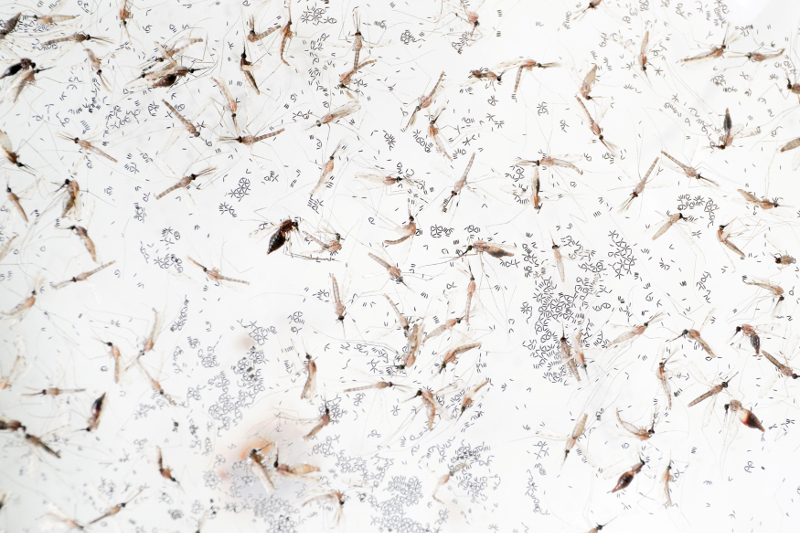KUALA LUMPUR, Nov 6 — Malaysia’s battle with mosquito-borne diseases is about to take a turn for the worse.
Even as the country grapples with the Aedes mosquitoes and dengue fever, a new report has suggested that Malaysia could be “ground zero” for a new global malarial menace due to the resurgence of the infectious disease that had been nearly eradicated here.
According to Science News, Malaysia’s human malaria cases are essentially eradicated, but the country experienced a worrying spike in monkey malaria reports that went from nearly zero before 2007 to over 3,600 last year.
In the span of just a decade, Malaysia racked up over 15,000 reports of P. knowlesi — monkey malaria — infections that resulted in at least 50 deaths.
The rise of the disease carried by the Anopheles mosquito in tropical Malaysia will be worrying for local health officials as malaria is notoriously difficult to eradicate once it becomes prevalent in local wildlife, especially monkeys as there is no effective way to inoculate them.
According to London School of Hygiene and Tropical Medicine epidemiologist Kimberly Fornace, the rise of malaria here is tied to rapid deforestation, particularly in the Borneo states where large swathes of land are regularly cleared to make way for oil palm plantations.
This brings the human population into close contact with monkeys that are carriers of the disease, needing only mosquitoes to connect the two by blood.
Fornace tested the blood of around 2,000 Sabah natives residing near or around cleared forests and discovered a possible correlation between proximity to cut forests and malarial infection rates, which she reported to PLOS Neglected Tropical Diseases in June.
To make matters worse, health officials also detected another variant of monkey malaria — P. cynomolgi — in five locals and 13 foreigners in Malaysia last year. They believe this has since been carried to other parts of the world via air travellers.
While much of the global studies and eradication efforts have been focused on human-borne malaria types, Nagasaki University malariologist Richard Culleton said “something nasty” could lie hidden in the monkey malaria emerging in Malaysia and elsewhere in the region.
Culleton’s studies suggest that the monkey malaria parasite could rapidly mutate into types that are even more infectious to humans, saying it was now “like a black box. Things come flying out of it occasionally and you don’t know what’s coming next.”
For Fornace, her suspicion is firmly that land clearing for agriculture is the single biggest contributor to the rise in monkey malaria.
While there is no study yet to effectively prove this link, the spike is consistent with the increase in local land dedicated to oil palms, a major cash crop in Malaysia.
Malaysia is the world’s second largest palm oil producer, behind Indonesia. According to the Malaysian Palm Oil Board, land in Sabah and Sarawak used for oil palms have shot up from 2.1 million hectares in 2008 to 3.1 million hectares now, an increase of nearly 50 per cent in under 10 years.
“It feels almost like P. knowlesi follows deforestation,” Fornace was quoted as saying.
The risk now is still limited as there are not yet any detected human-to-human transmissions of P. knowlesi but, as Culleton pointed out, it could just be a matter of time before a “nasty” surprise hits Malaysia.



















